8,000-Year-Old Artifacts Discovered in New River Basin Revealed Shared Connection Between Past and Present
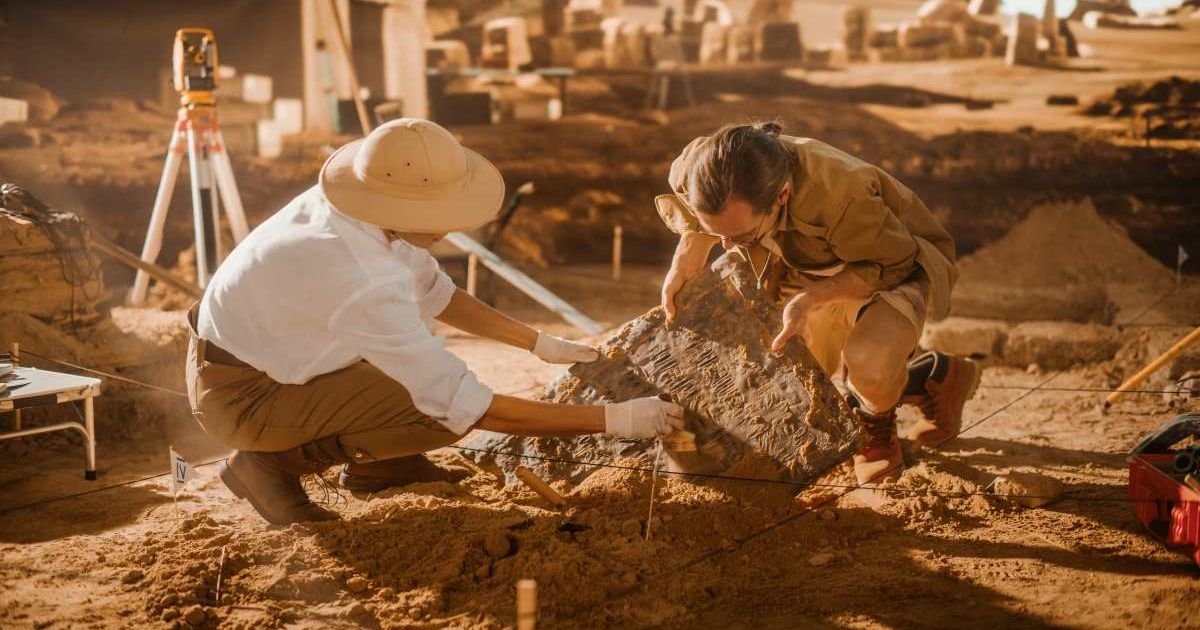
Evidence from the lives of ancient people has made its way to Ashe County in the New River Basin. A team of archaeologists from Appalachian State University has unearthed several artifacts from a place they believe served as an ancient campsite, according to WRAL News. The site is now a part of Blackburn Vannoy Estate and Farm. All the artifacts detected at the site have been determined to date back to North America's late Archaic and Woodland periods. Researchers believe that the site possibly once functioned as a gathering spot for ancient people. The discoveries also indicate that it has been in use for many generations.
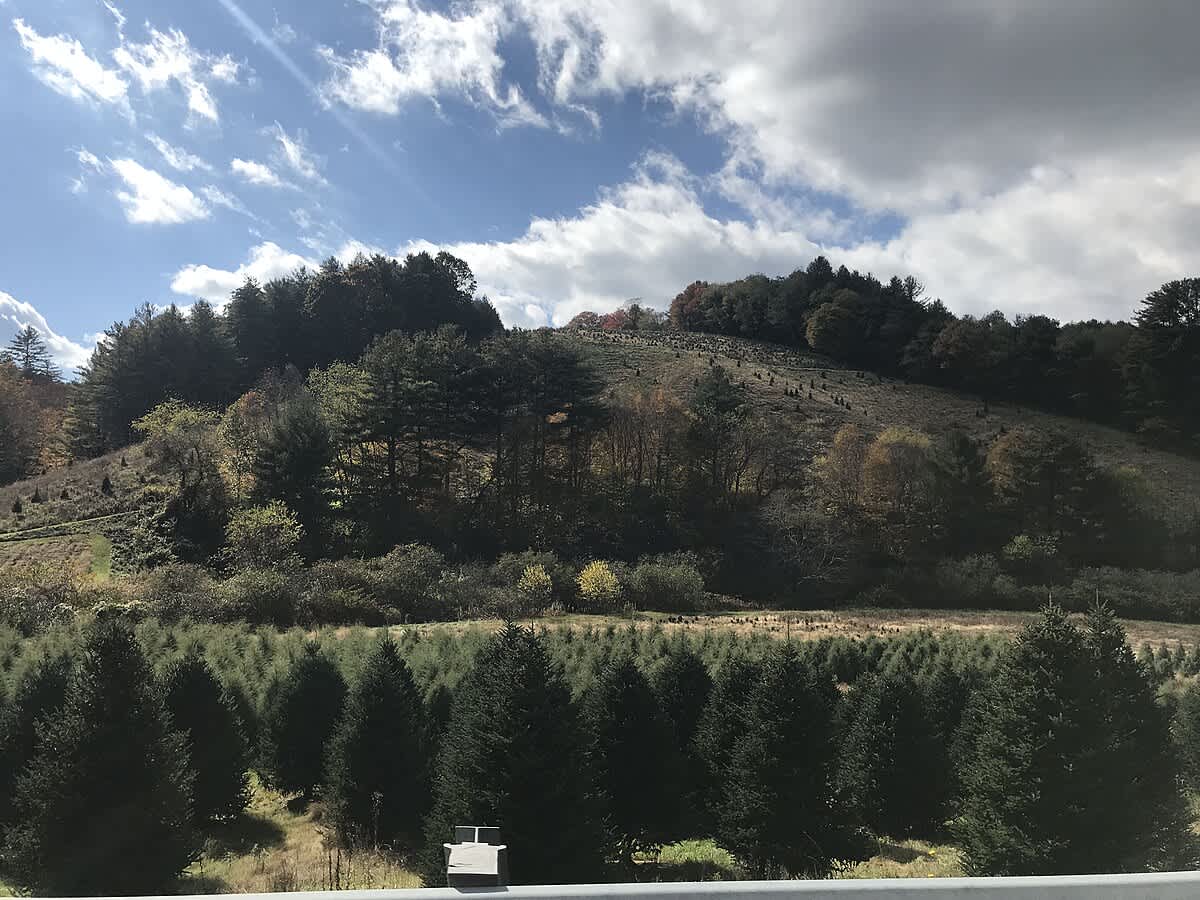
Discovery of Artifacts
The Native American campsite where the discovery has unfolded is apparently underneath the vegetable garden maintained by the university's teaching and research farm, according to Appalachian Today. The area is protected by the Blue Ridge Conservancy. On the farm, students have the opportunity to participate in practical crop and livestock research as well as study forest management and farming systems.
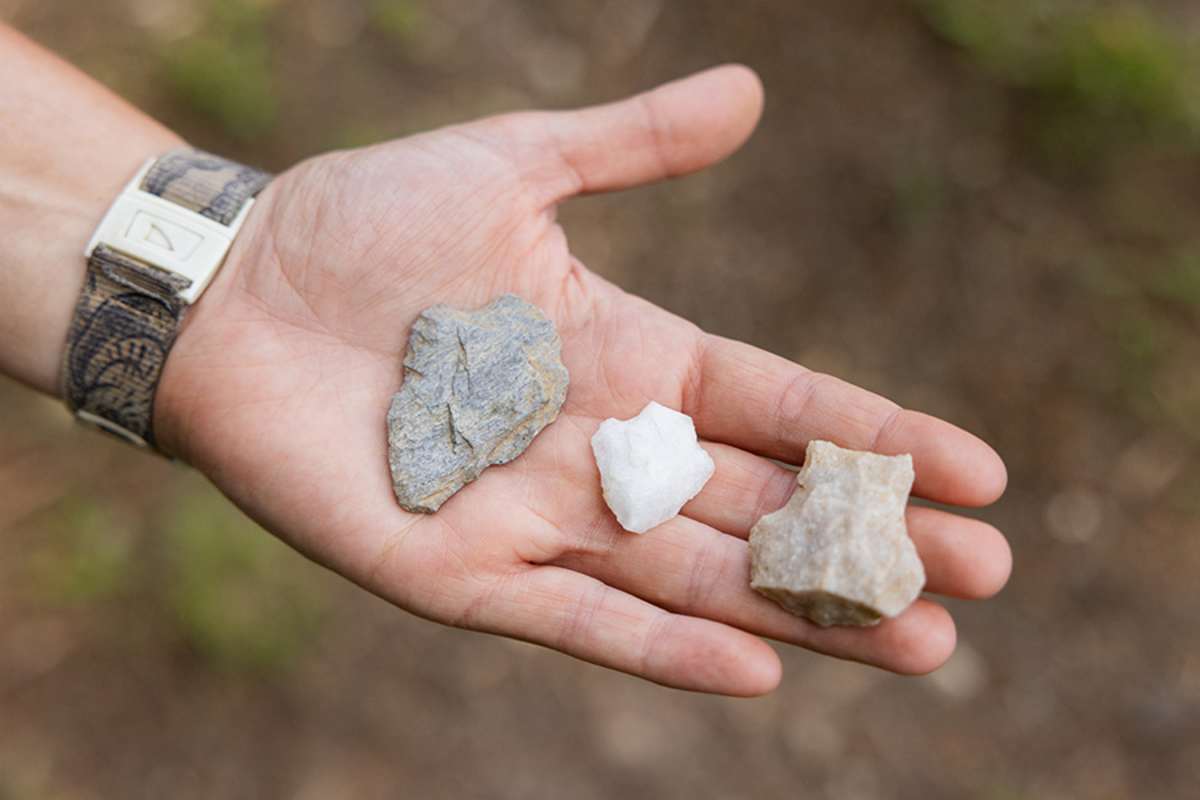
Dr. Alice Wright, an archaeologist and a part of this team, shared that the first artifact that they discovered from this site was a sharpened piece of quartz. Further examinations indicate that the tool appeared to have broken during an activity, like a hunting expedition, and then it was reused by the community as a hide scraper. Since then, several more findings have been spotted at this site. The team has unearthed pottery shards, spear and arrow points, a storage pit, and pieces of a hearth. The condition of the hearth made researchers speculate that ancestral communities likely cooked on it, along with sharing stories and bits of their culture.
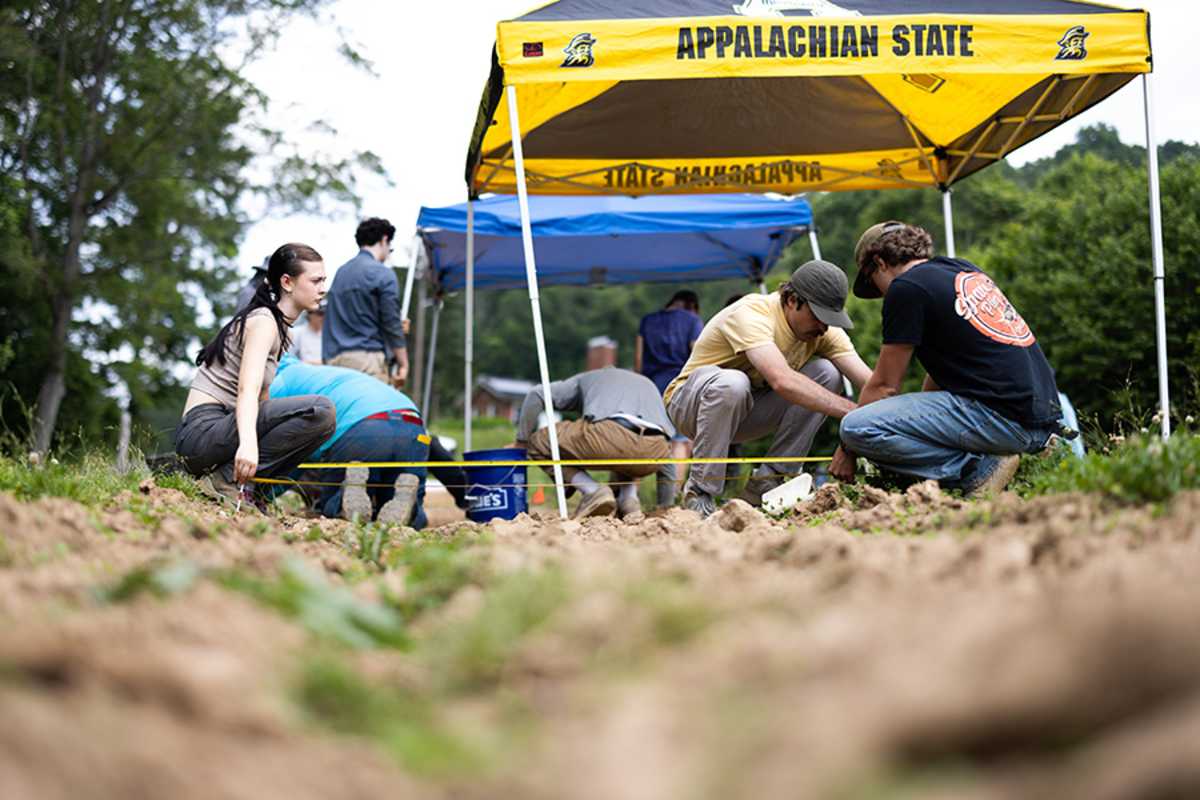
Use of the Site
Examinations revealed that the dozens of tools unearthed from the site dated somewhere between 8,000 and 1,000 years ago. The contours of the land led researchers to believe that ancient individuals continually returned to the land for many of the same reasons as the current population. The soil was and is extremely fertile, and the site is on a terrace that hosts a stream just some distance down the slope. The New River is just half a mile away, and could have served as the main travel corridor for the incoming communities. Researchers believe that just like people now arrive seasonally to farm the land in the area, the same practice must have been followed in the past.
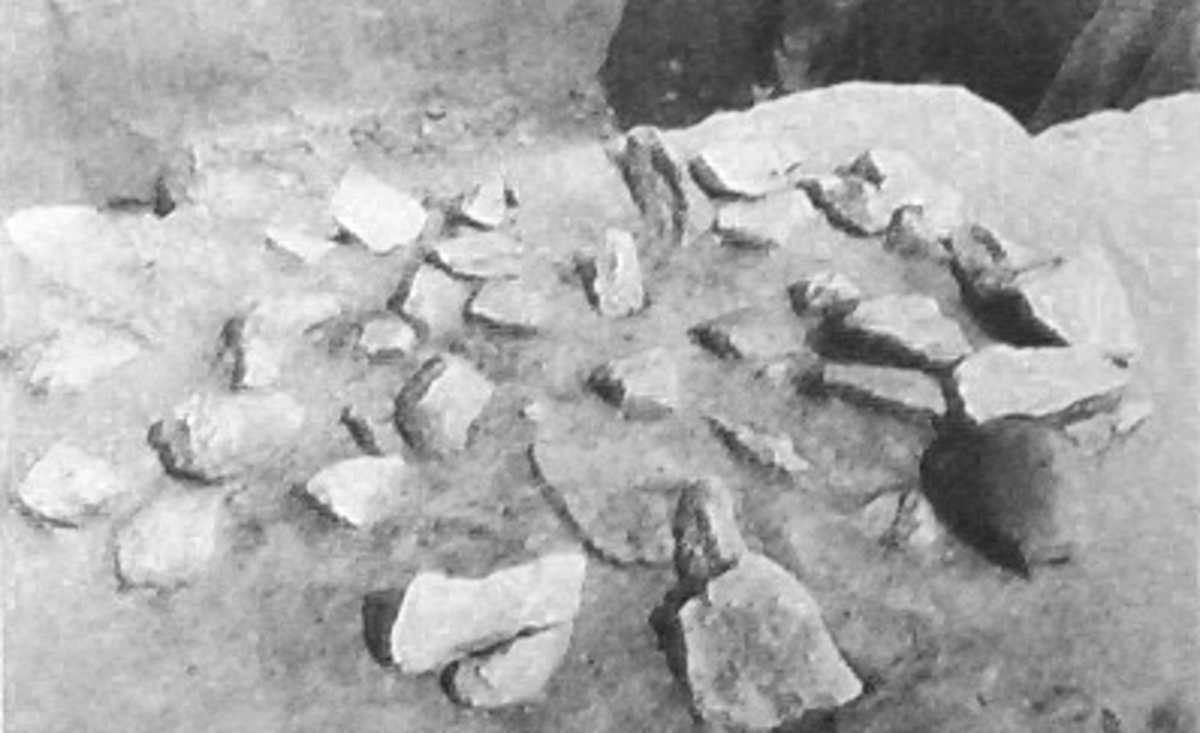
Wright believes that the discoveries highlight the resilience and shared history of several communities that inhabited and continue to use the area. Just like the benefits of the site haven't changed, so have the threats remained the same. The communities adapted and sustained human presence in the area despite varying challenges. "It's no surprise that where people are living now, where they're farming now, they dig up fine artifacts in the fields, in the mountains," she said. "The way that topography shapes how people live seems to be a throughline to history. It's a way for us to think about the shared history of this landscape."
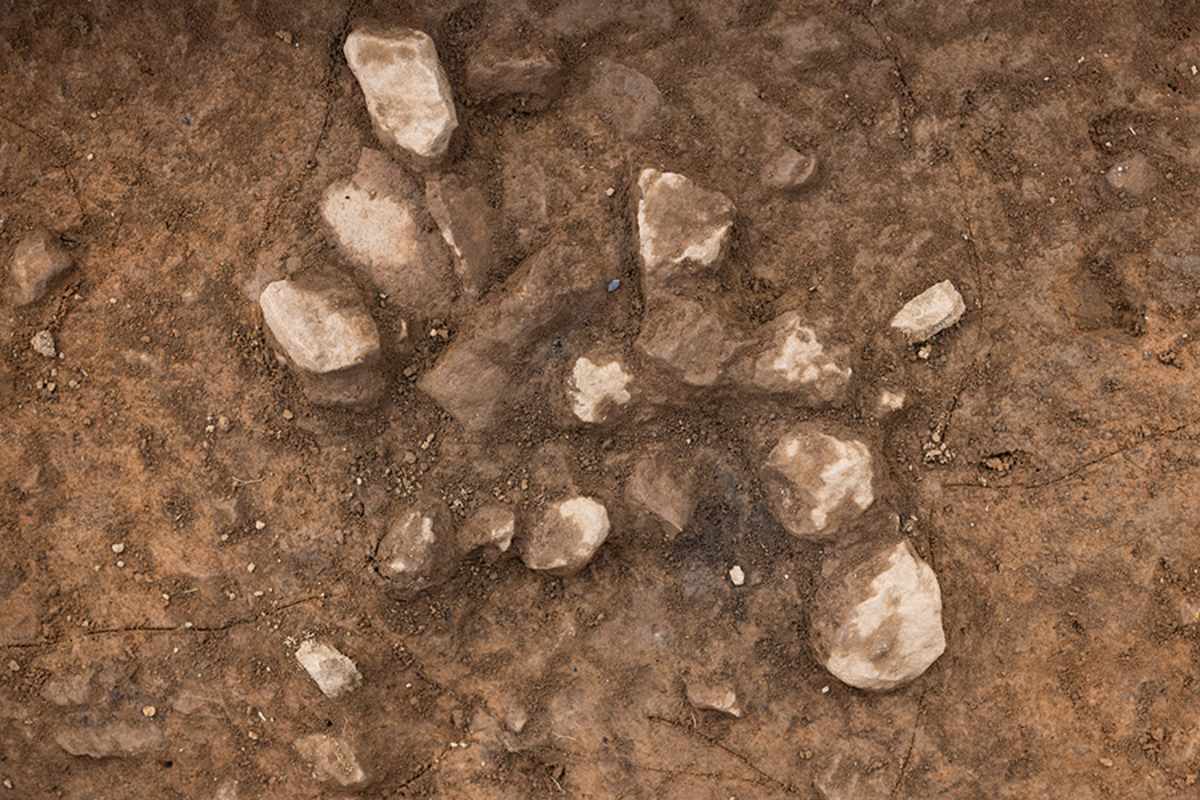
Who Used the Site?
Researchers believe the area and the site may have been used by ancestors from many indigenous tribes, like Catawba and Cherokee. The team speculates that the communities arrived in the area during warm months and established a seasonal camp. Thereafter, they hunted, collected items, and traded with different groups. In winter, they possibly went to the mountain to escape harsh conditions. Archaeologists have spotted several shards of flint-knapped quartz, which hint at the presence of a quarry. The quarry could have provided these tribes with tool-making material.
Wright believes that the area is a prime example of how certain sites were pivotal for both ancestors and modern-day humans. In a way, they serve as a connection between the two groups. "Specifically, I look at how different folks — different Indigenous peoples from different eras, and settlers, for instance — were shaped by and took advantage of this unique landscape over the past 8,000 years or so," she said. "Post-Helene (the storm), this work has taken on a new resonance — it's really interesting to think about how people in the past adapted to and were resilient in the face of different environmental challenges. It's become a thoughtful opportunity to connect the past and the present." The discoveries add to the legacy of the New River Basin, from where ancient artifacts have been uncovered since the 1970s.